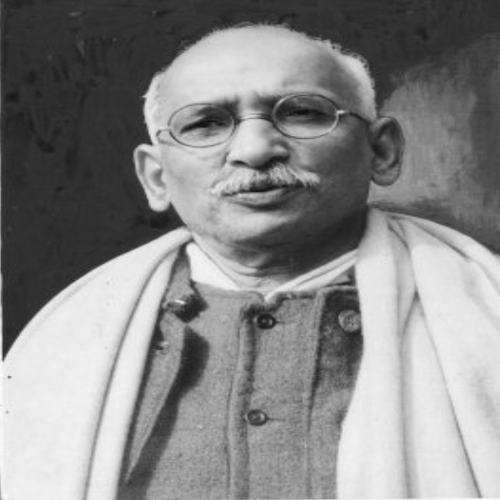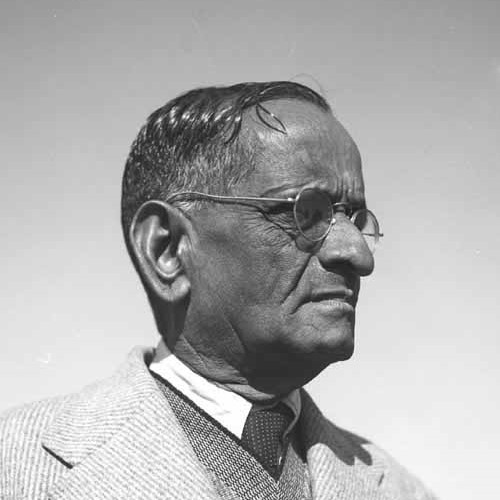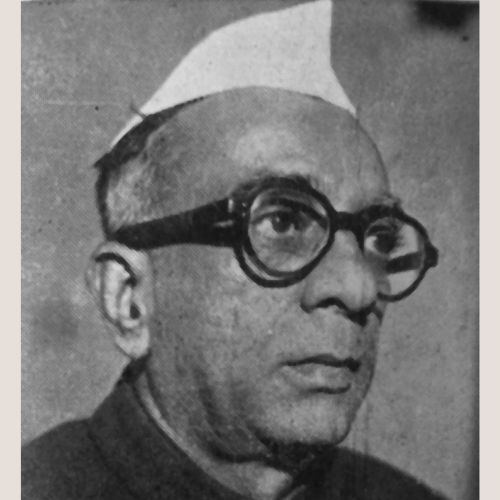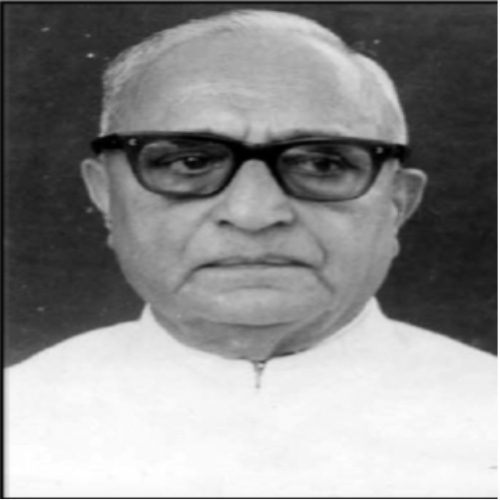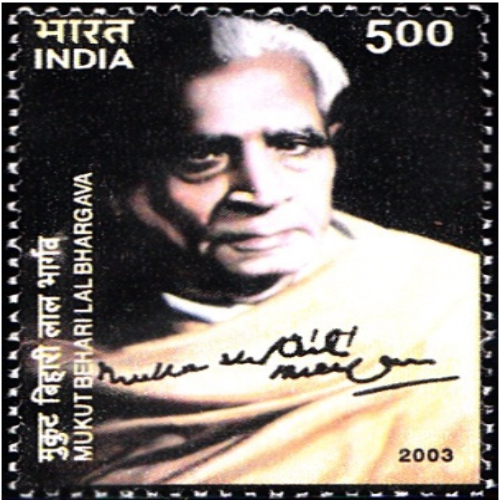On 30 July 1947, Deshbandhu Gupta moved an amendment in the Constituent Assembly requesting the appointment of a Committee to determine the future administration of Chief Commissioners’ Provinces. In British India, these Provinces were centrally administered by the Governor General and the question the Assembly had to engage with was whether this system of administration should continue in Independent India.
In fact, the move to appoint such a committee emerged while the Assembly was deliberating Part VIII of the Union Constitution Committee’s Report that addressed the special case of these Provinces. It mentioned that any changes to the administration of these Provinces must be specifically laid down in the Constitution. Following the adoption of Gupta’s amendment, the Assembly set up a seven member committee chaired by B. Pattabhi Sitaramayya.
The 1935 Government of India Act identified Princely States and Provinces as the two units of the Union having different status within the Federation. Granville Austin points out that it was B.N. Rau who in his Draft Constitution submitted to the Assembly added a third category to the federation— The Chief Commissioners’ Provinces.
The Committee held three meetings to look into the political and administrative workings of the five areas that were formerly under the direct control of the Centre— Panth Piploda, Andaman and Nicobar Islands, Coorg, Ajmer-Merwara and Delhi.
Chairman Sitaramayya submitted the Committee’s Report to the Assembly on 21 October 1947 which was later tabled in the Assembly by B. R. Ambedkar on 4 November 1948. In its report, the Committee recommended that Panth Piploda be merged with the province of Ajmer-Merwara and the Andaman Nicobar Islands continue to be centrally Administered. The remaining three Provinces would be renamed ‘Lieutenant Governors’ Provinces’, functioning under a Lieutenant Governor appointed by the President of India. Importantly, they recommended that representative government institutions such as a Legislature be introduced in these Provinces, albeit in a limited manner. Unlike other States both the Central Legislature and the President would have significant powers over these areas.
The recommendations of the Committee did not experience a smooth sailing within the Assembly where many members were opposed to the introduction of the representative institutions in these Provinces. Subsequently, the recommendations went through significant changes by the Drafting Committee and the larger Assembly.
- The Framing of India’s Constitution 1966, Vol. 3 by Shiva Rao
- Indian Constitution: Cornerstone of a Nation by Granville Austin

